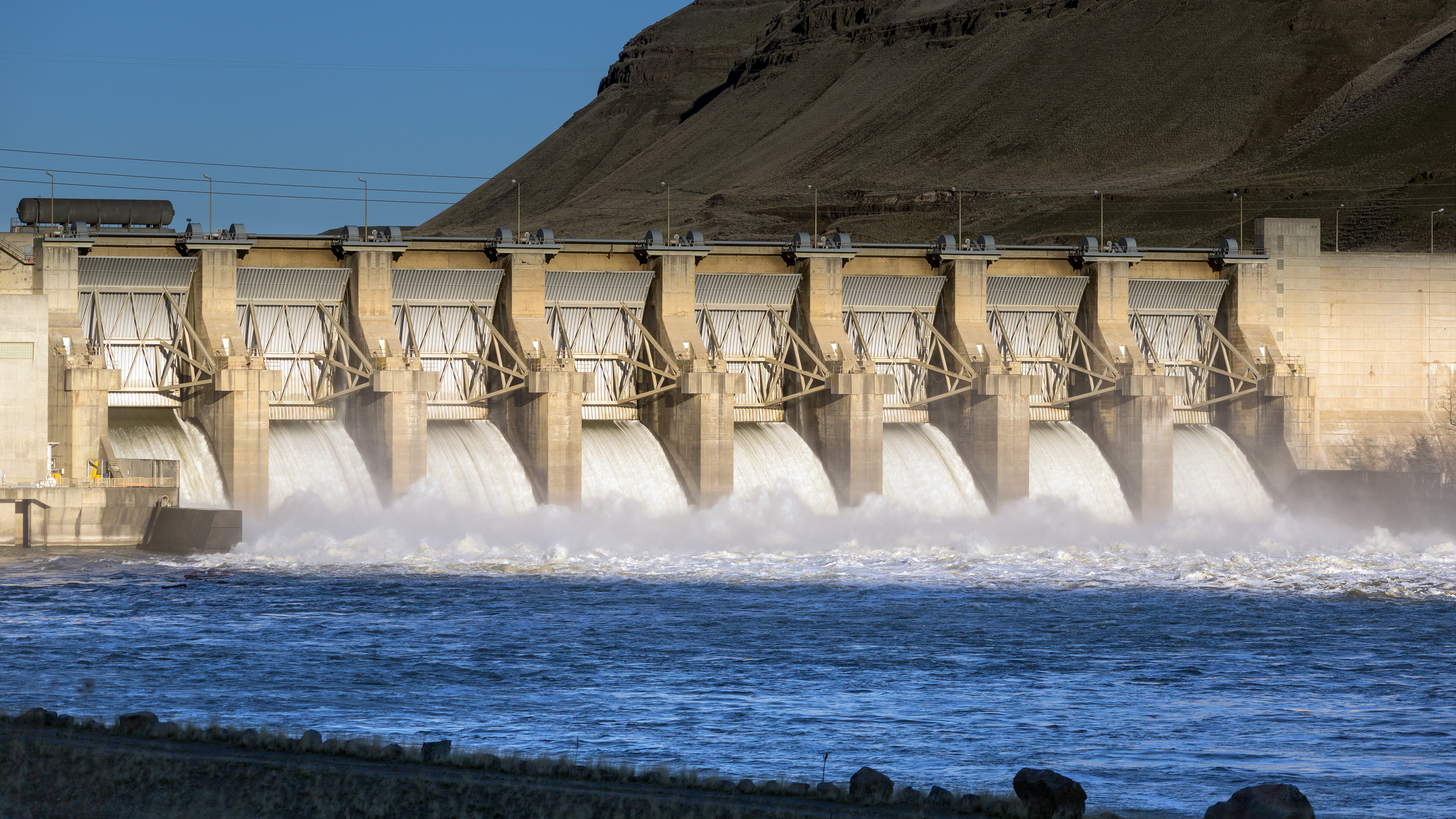Related Articles
Relevant Topics
Here’s a simple question: does science say eating salt is too risky?

Actually, it isn’t simple at all. The answer has as much to do with your risk tolerance as science. It depends on how much you eat. It depends if you have high blood pressure. It depends on the history of heart disease in your family. And it depends whether you think salt is simply part of enjoying food and life – you may offset the risk from salt by exercising and otherwise eating healthy. Ultimately, science plays a limited role in determining whether eating salt is too risky for you.
Similarly, it can be difficult to determine what is “safer” when it comes to the health impact of various chemicals. That subjective judgment and the tradeoffs of such decisions, however, plays a big role in Governor Jay Inslee’s proposed legislation on banning potentially toxic compounds.
To justify new legislation that would give the Washington State Department of Ecology (DOE) broad authority to ban compounds when it believes there are “safer” alternatives, the governor gave three examples where we need to act to protect clean water. The Governor argued we need to take action on pollution that comes from the “brakes in our cars, flame retardants in our furniture, wood smoke” and other potential pollutants. His selection of those three examples is interesting.
First, the legislature acted on copper brake pads a few years ago. A sound, scientific argument was made regarding the impact of copper dust on salmon. The legislature acted. There was no need for legislators to abdicate their authority to state agencies. The banning of one type of brake pad has not eliminated potential problems, to be sure. It does show, however, that if there is a problem, the legislature can act quickly.
Second, smoke from wood burning stoves has been an issue for some time. It causes the only Clean Air Act violations in Washington state and does impact water quality. Progress, however, has been slow because funding to help homeowners purchase cleaner stoves has been limited.
A bill proposed by former Democratic Senator Kastama would have increased funding to replace stoves by moving funding away from lesser air quality issues. The bill, however, was actually opposed by DOE . Ecology wanted money for both wood stoves and auto emissions testing – even though it has so little benefit anymore it is being phased out.
In the end, economic reality won the day and we are still left without adequate funding to address wood smoke. For DOE to now ask for increased authority to deal with wood smoke, in part because funding is inadequate, is ironic to say the least.
The most interesting part of the statement, however, relates to flame retardants. Several years ago, the environmental community and DOE pushed a ban on a form of flame retardant called PBDE. The Washington Toxics Coalition promised that safe alternatives existed, and DOE, while hedging, didn’t contradict its partners. With that assurance, the legislature banned PBDEs. It turned out, however, that no such alternative existed. What happened?
The Washington Toxics Coalition lamented, “Instead of using safer chemicals, they (furniture companies) blindly switched to cancer-causing Tris flame retardants without considering health and environmental impacts.” The replacement, according to the Toxics Coalition itself, was even worse. As a result, they exclaimed, "We were duped!"
This was exactly what we predicted would happen. Instead of recognizing their own error, however, the Toxics Coalition and DOE blamed others for the predictable consequence of the policy they advocated. It is unclear why we should again trust the Washington Toxics Coalition when they admit to being so easily duped.
As the PBDE example demonstrates, it is very difficult to know if a safer alternative exists. New compounds that appear safer don’t have a history of testing. They are essentially unknown, increasing uncertainty and risk. This is why many “safer” alternatives end up being worse for the environment or are less effective than the original compound, increasing risk elsewhere.
When making a decision between two types of risk, environmental impact and fire risk, the decision is likely to be made based on the subjective, risk aversion of the decision maker. Ecology, not surprisingly, sees risks to the environment as more important than other types of risk and, therefore, is more likely to recommend a ban, as it did with PBDE, even if the risk is very low.
The Governor vaguely addressed this by talking about “Green chemistry,” lecturing that “if you just look we find better alternatives.” This is little more than a catch phrase, and as the flame retardant case proves, we’ve been looking for several years and still haven’t found anything. So-called “green” chemistry has been promised for years, but its successes are few.
Arguing that decisions are based in “science” lends an air of certainty and credibility that is often false when dealing with subjective risk assessment. Ultimately, by hiding the significant uncertainty and the subjective nature of these decisions, the proposed bill would likely repeat the failure of the PBDE ban –substituting untested, unknown (and more toxic) compounds for a whole range of compounds.
Going through the legislature isn’t perfect, as the ban on PBDEs demonstrates, but we do elect officials to reflect our values and judgment about risks. Putting all the power to determine the science and subjective risk assessment in the hands of one agency in the name of “science,” is neither honest nor democratic.



